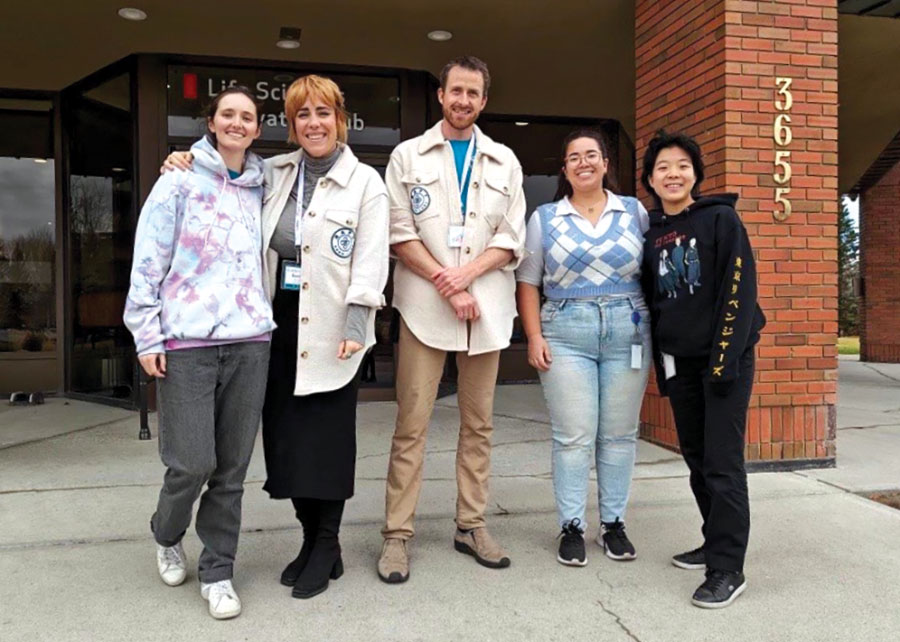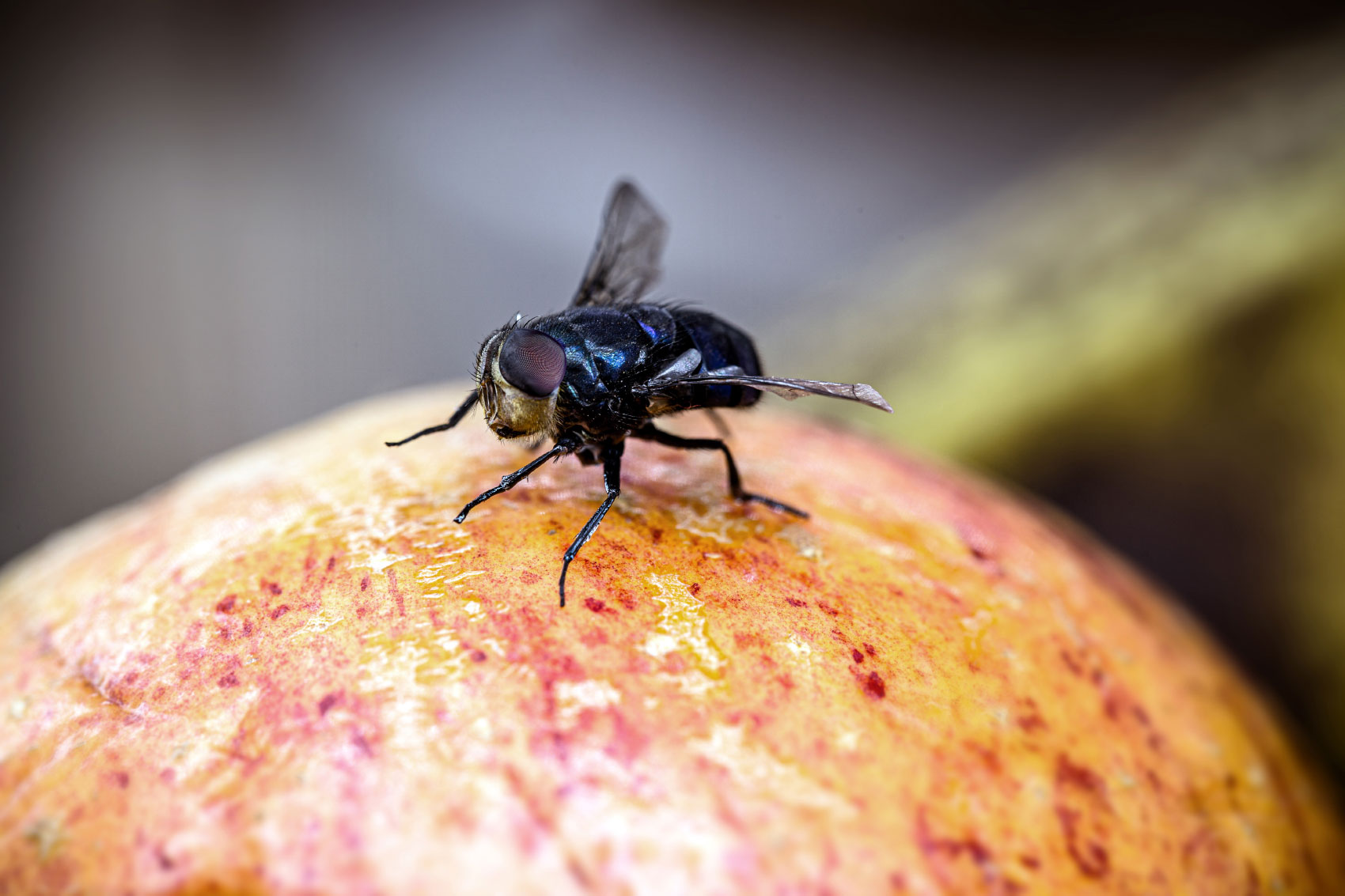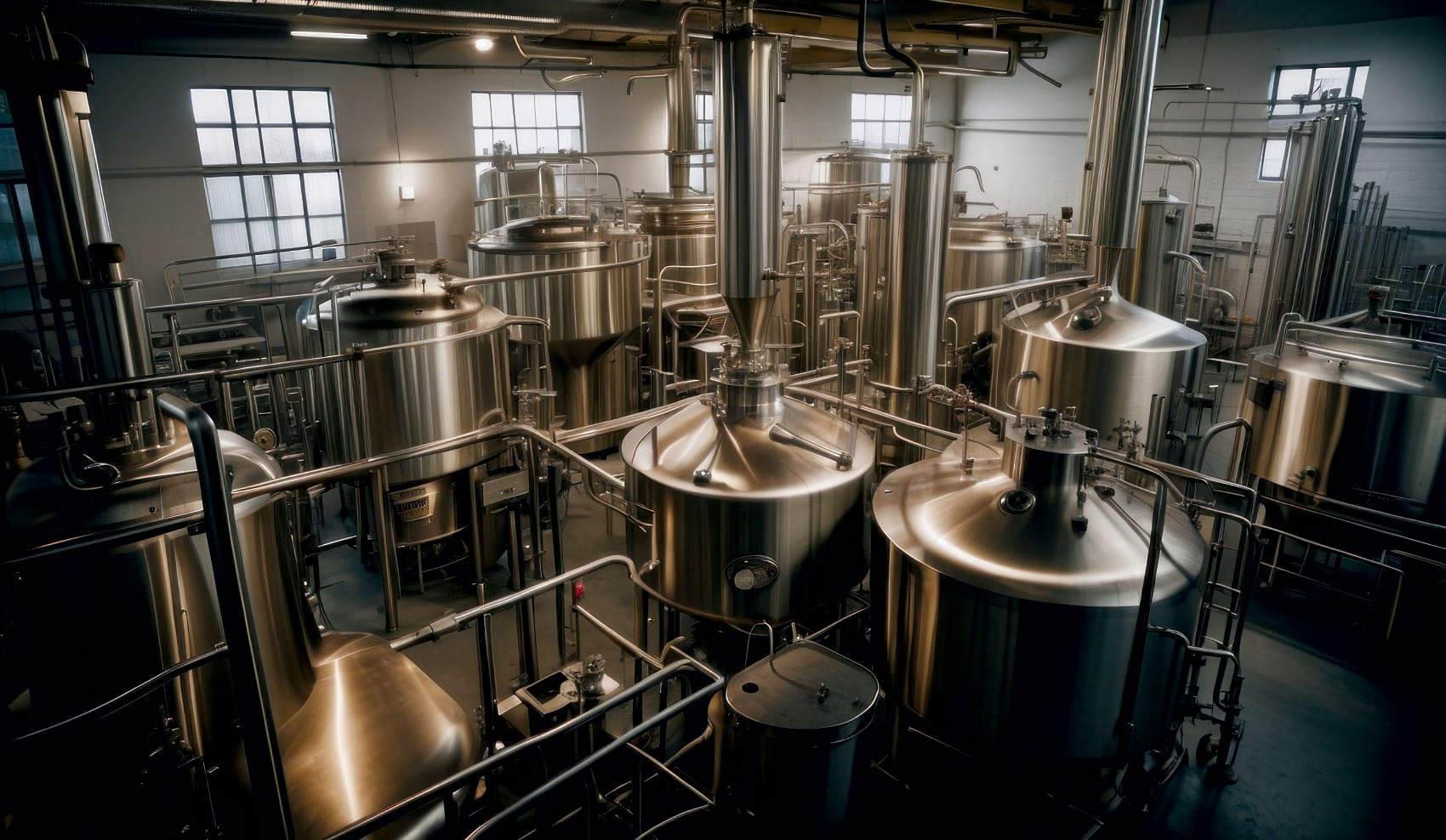Calgary’s Raft Brew Labs was founded in 2020 to provide analysis services for breweries and beverage producers. Raft provides high-end scientific laboratory analysis to small breweries seeking to stay ahead of problems and maintain consistency. Working with breweries across Canada, Raft’s team of scientists and brewers has seen it all. They estimate that about 20 per cent of craft beer in the market contains potential spoilage organisms. They have also done studies to estimate that the average 2,500 hectolitre per year brewery loses over $20,000 annually to known quality issues.
Although Raft deals with each situation uniquely, over the years they have accumulated knowledge that can be applied to all beverage manufacturers. Here are seven lessons learned from case studies in beer spoilage.
Lesson 1 – An ounce of prevention
“Breweries should have scheduled inspection and maintenance programs,” said Christine Dawson, operations manager at Raft. While it may seem obvious that preventative maintenance will reduce the risk of spoiled beer making it to market – at which point it will have already done damage to licensee and customer relationships – Raft’s experience is that breweries could be doing better.
“I’ve seen breweries that are many years old that have never replaced their gaskets.”
Gaskets are easy to inspect and cheap to replace, but a good inspection and maintenance program should involve every piece of equipment. For example, Raft worked with one brewery that was having a problem with yeast contamination. After working through all the usual places yeast can hide, they eventually determined that the culprit was a crack in a yeast brink.
“It doesn’t take much space for microbes to take hold,” said Dawson. However, the crack was visible and regular inspections with cameras and lights could have prevented the problem.
Lesson 2 – Don’t everreact
“We worked with a brewery that was using a countertop [polymerase chain reaction (PCR)] kit,” said Dawson. “They were experiencing many positive hits for lactic acid bacteria and were dumping the infected beer.”

Since the brewery was continuously dumping beer, they approached Raft with the intention of finding the source of the bacterial infection. As it turns out, the PCR kit was returning positive results because the bacterial DNA was present, but Raft was able to determine that the bacteria was not live and was not capable of spoiling the beer.
The brewery was then able to stop dumping beer and relieve the pressure to find the source of the bacterial DNA. “You need to approach lab results with a scientific eye,” said Dawson. “Question readings so you can find what the real problem is.”
Lesson 3 – Don’t underreact
One brewery Raft worked with would sometimes get positive results for very low levels of wild yeast. Since nothing ever happened, after a time the brewery began to ignore those positive results and stopped doing appropriate follow-ups.
Eventually, cans in the market started popping, causing complaints from retailers and customers. While it is important not to overreact, keeping beer cans at room temperature after each positive wild yeast result would have been an easy and economical way to monitor for problems. Just because one positive result had no consequences does not mean they all will. Always complete appropriate quality assurance and quality control follow-ups.
Lesson 4 – Already looked everywhere? Look everywhere else
Most breweries know to sanitize all their brewing equipment and everything that comes in contact with beer. However, in a brewery, beer goes everywhere, including places that aren’t obvious, so breweries are advised to look in these inconspicuous places once all the obvious places have been eliminated as the source of the problem.
“You need to approach lab results with a scientific eye. Question readings so you can find what the real problem is.”
Christine Dawson, Raft Brew Labs
One Raft case study found that microbes had taken hold in the gas line on a canning line. The gas line sprays carbon dioxide at the top of a filled can prior to seaming. This creates a pocket of CO2 over the beer and blows foam away from the lip of the can to ensure a better seam. However, that also means beer is sprayed around and tiny droplets of beer were eventually able to make their way into the gas line, which otherwise never actually touches beer.
Lesson 5 – Changes made cause changes seen
Another Raft client was experiencing refermentation in packaged beer. Cans had to be recalled as they were building up pressure and popping on store shelves. Testing ruled out wild yeast, bacteria and residual sugars. By reviewing recipes and processes, Raft was able to determine that the culprit was the addition of pectinase to improve the clarity of the brewery’s beer.
Ironically, the addition of the enzyme caused refermentation. By focusing on recipe changes, Raft was able to determine these changes were what caused the sudden appearance of refermentation, a problem the brewery had never encountered before.
Lesson 6 – The best case studies are non-case studies
All of these case studies are interesting because something went wrong, but the best case studies are the ones where everything goes right. That means doing regular microbial analyses to catch problems when something can still be done about them – before the brewery becomes a case study of its own.
Many small breweries need to solve problems in inventive ways and while these hacks are great, they can expose those breweries to risks, but those risks can be mitigated. Dawson says one brewery was transferring sour beer in an unconventional way. This was done to solve a tank space issue, but it eventually resulted in some cross-contamination. Another brewery was using a novel knockout procedure, which caused some equipment to acquire microbial infection.
In both these cases, the infections grew slowly. As there were no immediate issues, the novel solutions appeared to be working, but the microbes eventually grew to be a problem. Periodic microbial analysis would have caught these problems before bad beer made it to market.
Don’t be the next case study.
Lesson 7 – Shake failures
There was a time when brewers were tight-lipped about their problems. However, as Raft has been sharing its case studies at trade shows and conferences, breweries inevitably approach Dawson afterward to say that the same thing happened to them.
Friends can’t help to solve each other’s problem unless they know a problem exists, so breweries sharing information among one another is a great, cost-effective way to improve overall beer quality.




